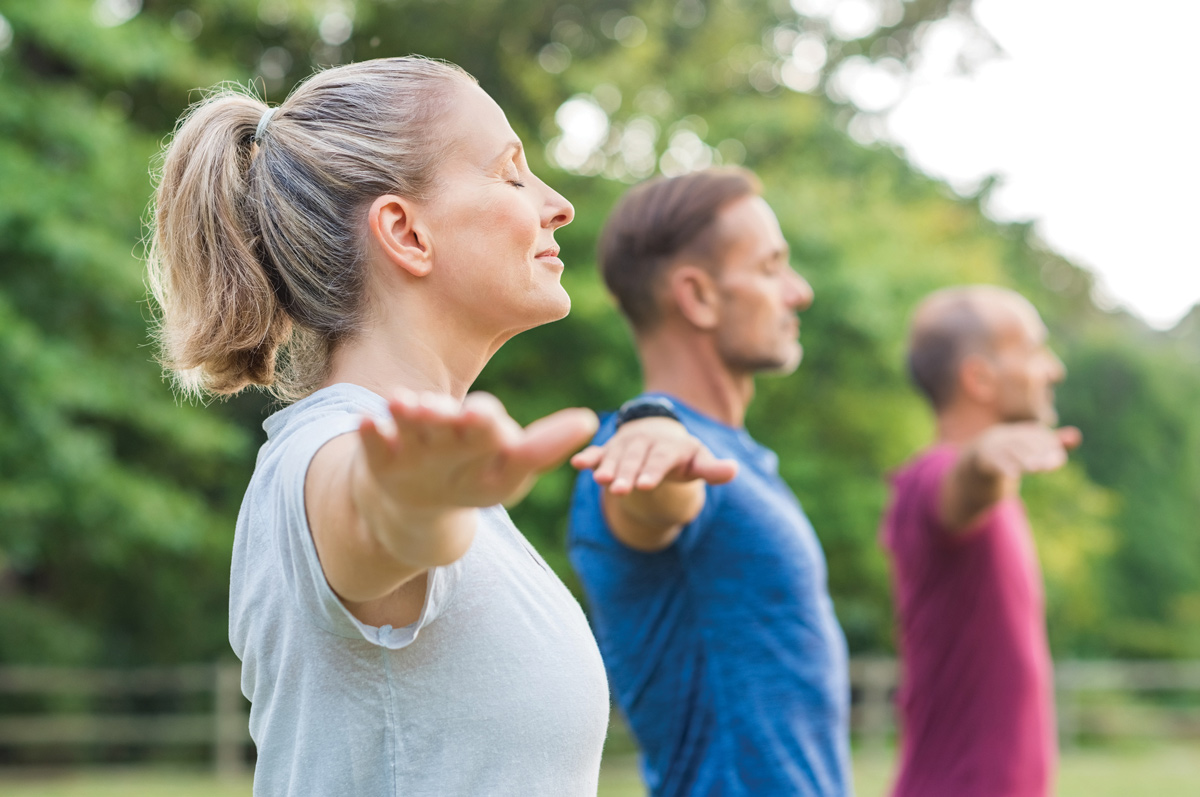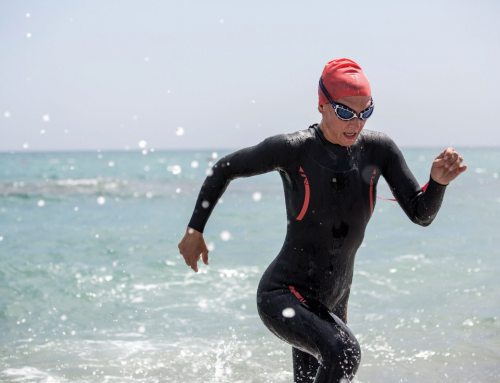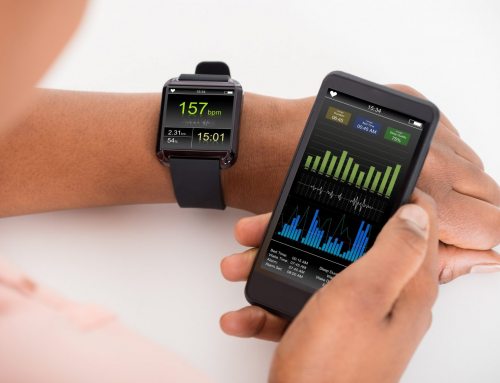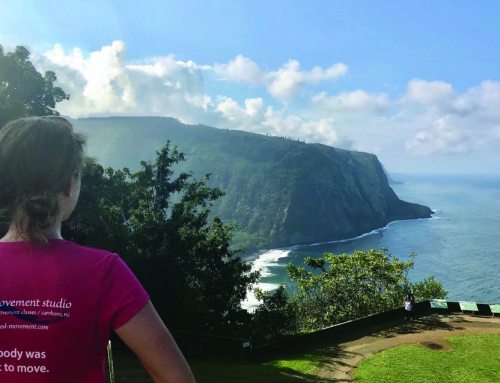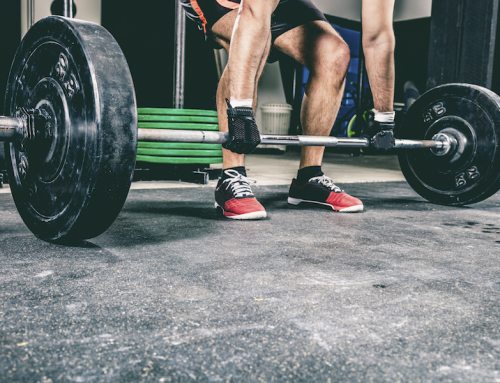By Brian Beatty
You can’t pick up a health or fitness magazine that does not have some content to develop your “Core” or “Core Stability”. But what does this really mean and do we embody the concept in its optimal form?
“Tighten, squeeze, lock in, hold” are typical cues associated with doing core exercise, but what do they teach us in terms of being able to move our body with efficiency and ease?
When we are in that ideal flow of doing what we enjoy, there is usually a sense of ease or fluidity. When you see others move (run, bike, swim) with this flow and connectedness of the body integrated into the movement, it is a recognizable visual quality that is admirable. This smoothness and stability is the embodiment of a stable movement pattern. It clearly lacks stiffness and rigidity. Yet, all too often, we inadvertently train rigidity in our exercises.
Go to the dictionary.
Stable: not likely to fall or give way, firm; steady. Having the ability to react to a disturbing force by maintaining or re-establishing position, form, etc.
Rigid: unable to bend or be forced out of shape; not flexible. Not able to be changed or adapted.
Are we training the stability we desire? Here are three simple tests to evaluate if your exercises may inadvertently be creating more rigidity than stability in your movements.
- Are you moving your body smoothly during the exercise (stability) or simply holding a static position (rigidity)?
- Are the joints of your limbs slightly bent, soft, compliant (stability) or locked into an end range position (rigidity)?
- Can you breathe smoothly and evenly from your diaphragm (stability)? Do you find yourself holding your breath or having an immobile abdomen forcing shallow breaths from the upper chest (rigidity)?
We use exercises to train strong, smooth, controlled movements. Having the necessary stability within the body creates the foundation for mobility. This simple idea needs to translate into exercise. A good core exercise for endurance athletics should involve elements of a stable foundation and movement. Just practicing holding a static position (45 second plank), does not necessarily translate into the ability to move well.
The arms and legs typically drive our mobility. When we lock out any of the major mobility joints, it becomes more difficult to use for critical small adjustments to maintain the integrity of a movement pattern. This means your shoulders, elbows, wrists, hips, knees and ankles should support you while still being able to move and adjust position. Anytime you lock out a joint, you limit the options available to respond to stability challenges.
Stable systems yield, shift, and change while maintaining their integrity when challenged. Rigid systems resist change, but collapse if challenged beyond their breaking point. While we typically think of the core as the central part of the body, the legs or arms could be part of the functional core as well, depending on the activity. Major joints of the limbs, hips, knees, ankles, shoulders, elbows and wrists should all be soft. Adjust yourself for a position where there is a little bit of give. You should be able to move any or all of the major limb joints and make small adjustments without disturbing the control of the torso.
Smooth, deep breathing is critical. Endurance sports are aerobic and the diaphragm is the primary muscle for deep, smooth breathing. As you breathe using the diaphragm, there is a continuous expansion then contraction of the abdomen and lower ribs. Maintaining this quality during exercise is a necessary focus for endurance athletes. Test yourself during the exercise; can you breathe evenly and smoothly or are you holding your breath or forcing shallow breaths? The diaphragm connects the ribs to the spine. But is holding the abdominal muscles so tightly they restrict the primary muscle for breathing actually something we want to train for endurance activities?
The next time you are doing core exercises apply these tests. The goal is to be stable not rigid, during exercise, endurance activities, and life. For more information, exercise and guided instruction videos on this topic visit balanced-movement.com/endurance-mag.
Trailhead ‘Gyro’, aka Brian Beatty, physical therapist, spends whatever time he can and not as much as he wants, playing in the woods with feet, bikes & dogs. When not there, he hangs out at Balanced Movement Studio (www.Balanced-Movement.com) trying to help others so that they can do more of whatever they enjoy.


